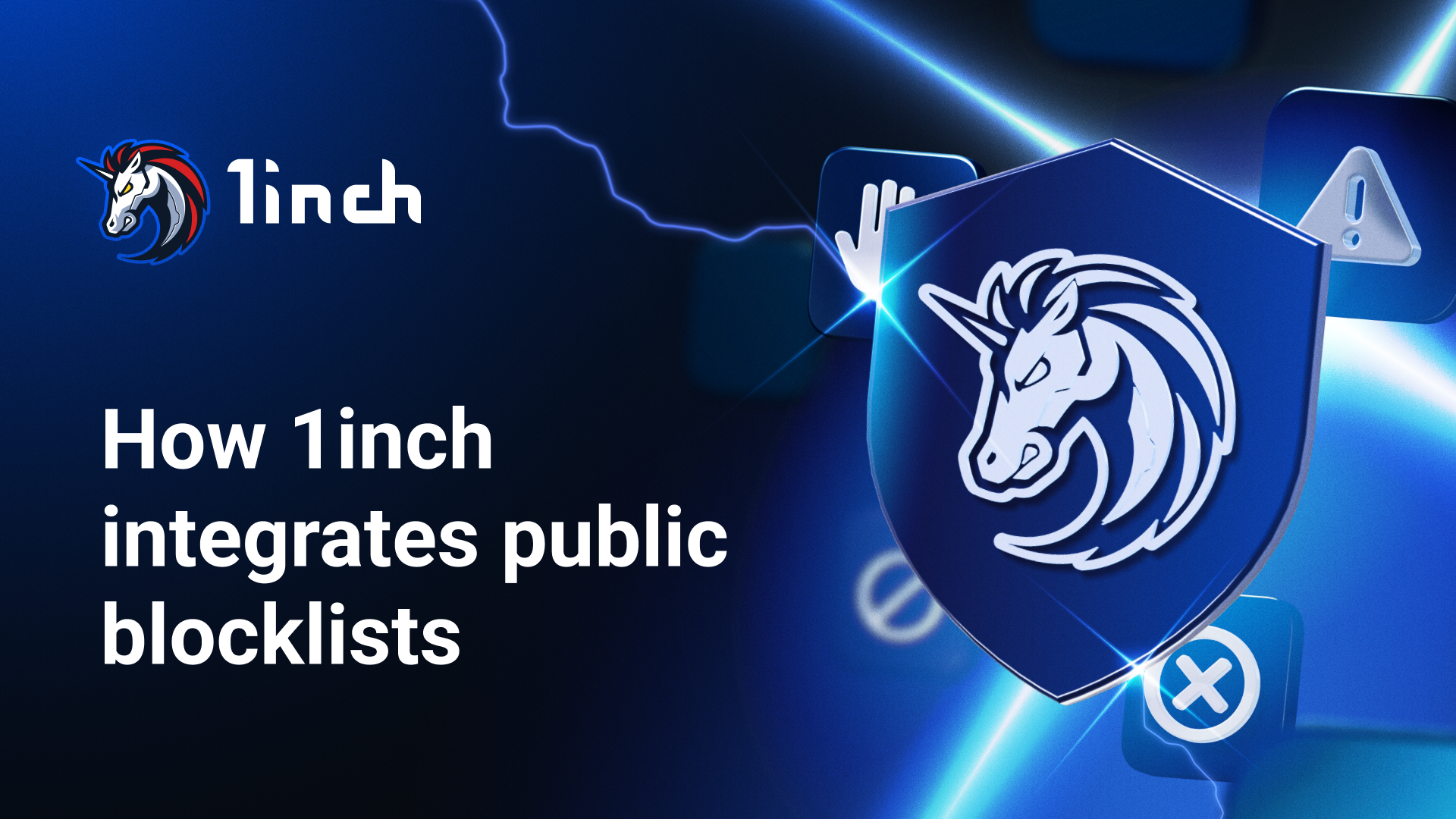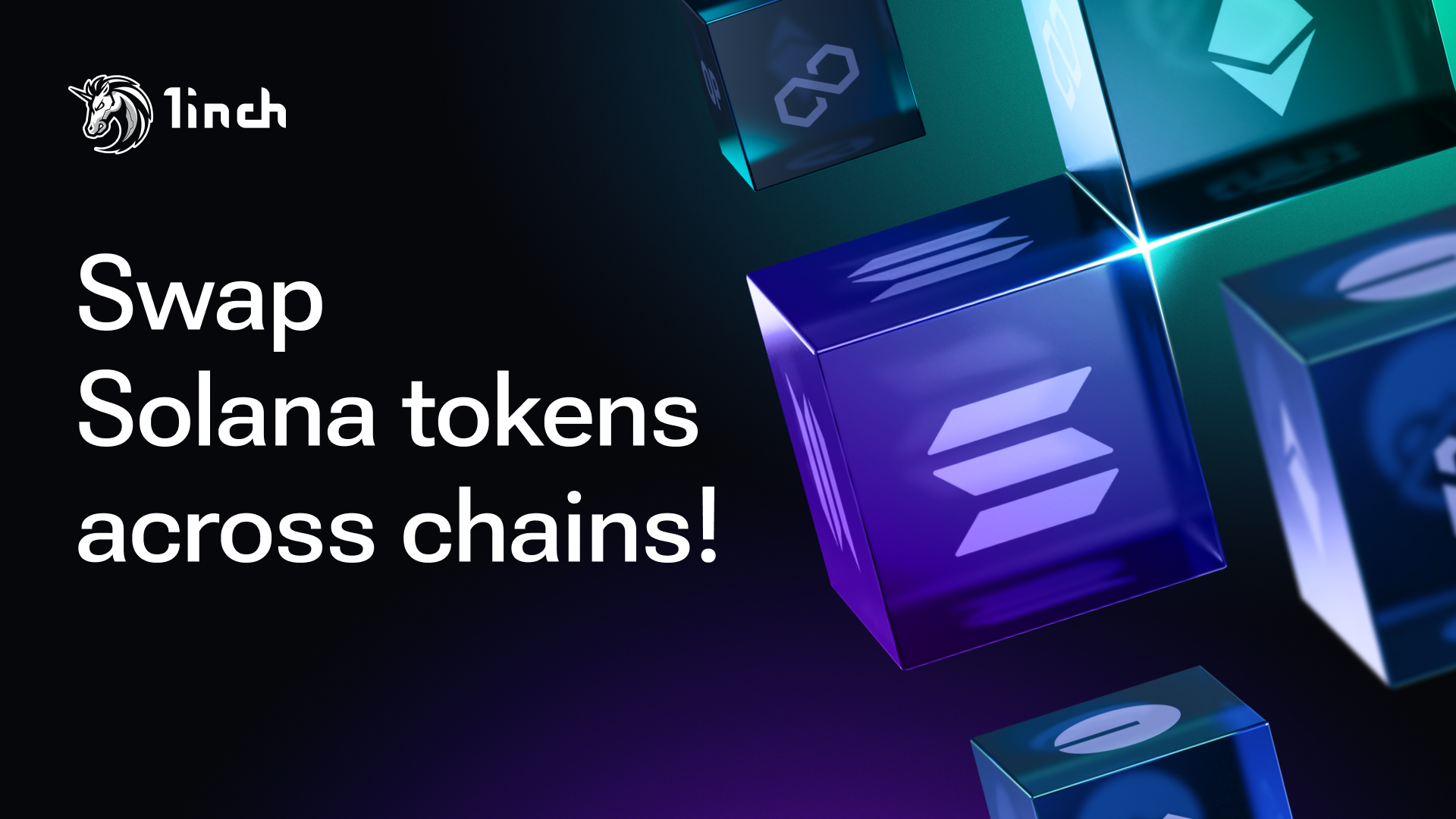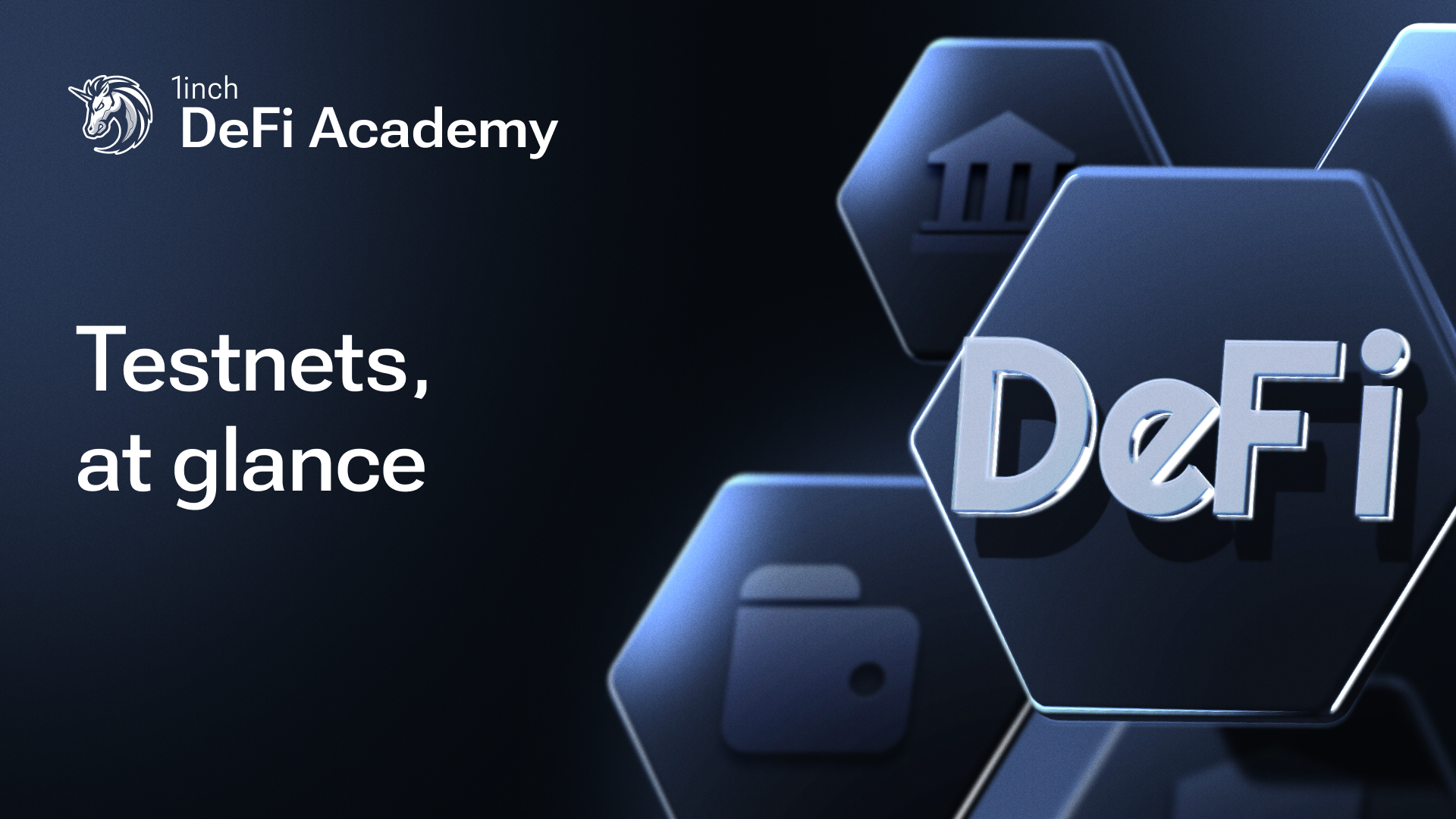How 1inch integrates public blocklists

In this post we’ll explain how public blocklists are integrated into 1inch Security to ensure the safety of 1inch users and 1inch products and services.
A major component of our comprehensive security solution is blocklist activity. It is executed as part of 1inch’s internal blocklist (which we’ll discuss in a later post), which leverages multiple layers of investigation, community collaboration, public off-chain and on-chain read and direct partnerships with law enforcement agencies to address growing concerns about illicit activities on blockchain. These concerns include sanctions imposed by the US Office of Foreign Assets Control (OFAC), hacks, exploits, phishing, mixers etc.
In addition to substantial internal efforts, our blocklist scheme is benefiting from integration with publicly available blacklists provided by reputable external sources.
We use public blocklists published by Circle and Tether, the issuers of USDC and USDT stablecoins, respectively, as well as blockchain analytics dashboards from crypto research company Dune.
Circle and Tether publish lists of banned addresses that have been identified as involved in illegal activities. Our internal blockchain investigation team regularly reviews and adds those addresses to the 1inch internal blocklist.
Utilizing Dune dashboards for banned addresses, including stablecoins (@pitonic), USDT and USDC (@phabc), 1inch can query and cross-reference public data sets for additional banned addresses. This helps validate internal findings and ensure alignment with the broader blockchain community's efforts.
1inch Security combines tools and technologies that have been rigorously tested by 1inch over the years. Public blocklists have been bundled into the 1inch Shield API, a SaaS offering available on the 1inch Developer Portal, to create a defensible line against bad actors in the Web3 space.
Stay tuned for more on 1inch’s security features!




























